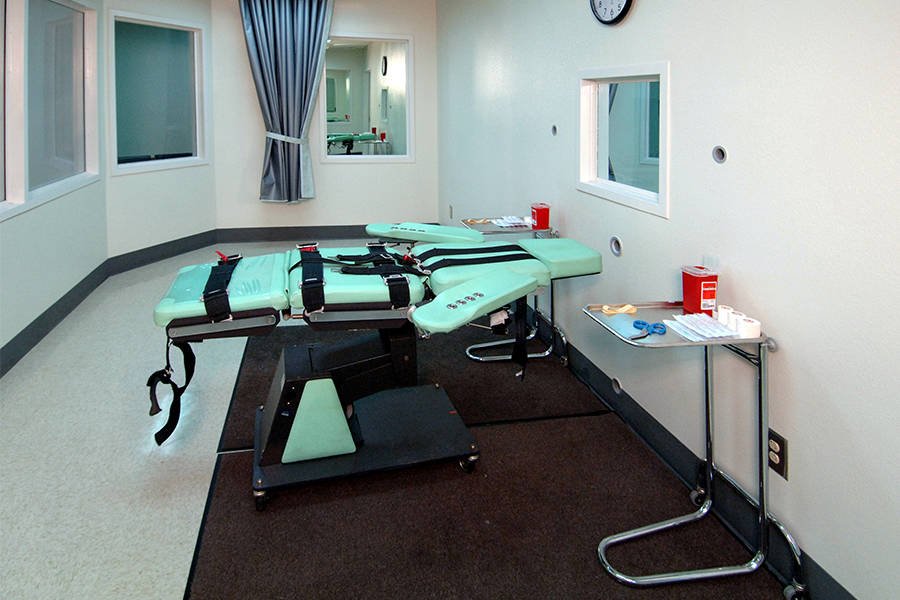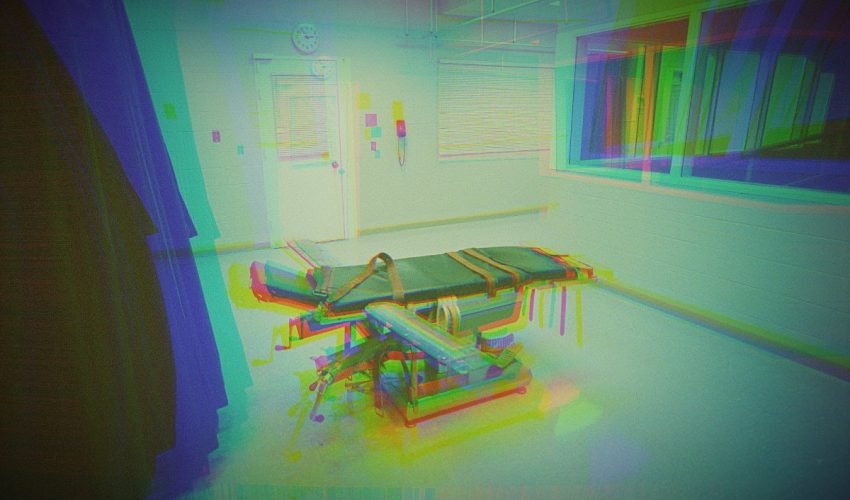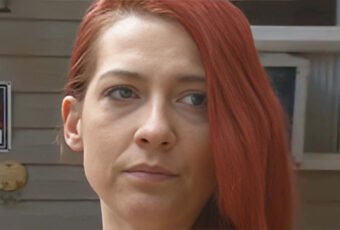Capital Punishment, also known as the death penalty, is a government-sanctioned practice where a person is put to death by the state as a punishment for a crime the person committed. Over the year, execution methods have included everything from hanging to the firing squad, gas chamber, electrocution, and lethal injection.

The death penalty is still enforced in 32 states in the U.S. and capital offenses include things such as treason, espionage, and death resulting from airplane hijacking but commonly include serious offenses such as murder, mass murder, aggravated case of rape, child rape, child sexual abuse, drug trafficking and the most serious acts of recidivism aggravated robbery and kidnapping.
All 32 states that have the death penalty use lethal injection, as it’s considered the most humane way to end a person’s life.
How Does a Lethal Injection Work?
Since 1976 there have been 1,472 executions in America, among the many numbers of executions 3 by firing squad, 3 by hanging, 11 by gas chambers, 158 by electrocution and rest of 1,297 by lethal injection. It is the practice of injecting one or more drugs into a person to cause them cardiac arrest to die them immediately.

Lethal Injections are a discovery of the United States but are now a preferred method of executions in other countries such as China, Thailand, Guatemala, Taiwan, The Maldives, and Vietnam. The death penalty by lethal injections can take up to 7 minuted but if there are complications it can take more time.
According to the Death Penalty information center in Washington D.C., the process for lethal injections involves injecting three separate shots, all of which are delivered via intravenous drips.
First Injection — Sodium Thiopental
The first shot among the three is an anesthetic called sodium thiopental, which is used to send a person into a deeply unconscious state, so pain cannot be felt.
The drug affects a number of neurotransmitters causing brain activity to be depressed and blocking the action of brain receptors, therefore causing a dormant non-reactive state, typically within 30 seconds.
The effect of sodium thiopental lasts throughout the lethal injection process, so when the other injections are given the person is completely unaware.
Second Injection — Pancuronium Bromide
The second injection contains pancuronium bromide, this drug blocks the communication between the nervous system and muscles. Pancuronium bromide acts as a neuromuscular blocker.
After the second injection is injected the person has no muscular control, a state of paralysis is reached. Diaphram, a muscle used to pull air into the lungs, stops working, causing breathing to stop.
The tubes are flushed with saline after each shot of the injection.
Final Shot — Potassium Chloride
The Final Injection: The final shot contains potassium chloride, disrupts the electrical signaling of heart, stopping it from bearing and ending the person’s life.
According to a study in the Journal of Forensic Science, the average time from the first injection to the heart-stopping is 8.4 minutes.
This is a case where everything goes right and the execution takes place without any complication but what about the rare cases where things go wrong and the process takes longer than anticipated. It is considered to be a painless way to end a person’s life.
Let’s look at events when the Lethal Injection didn’t work or the time from the first injection to the heart-stopping is more than 8.4 minutes or died a painful death.
Charles Walker
In 1985, Charles Walker was convicted of two counts of murder and one count of armed robbery. A day before his execution he requested the last meal of pan-fried wild rabbit, with gravy made from the pan drippings, biscuits and a dessert of blackberry pit with whipped cream.
Walker’s execution was scheduled for after dinner but the execution was prolonged because of human error and equipment failure. The main reason behind the error was the intravenous needle was pointing fingers instead of his heart.
Walker’s execution took longer than it should have and he suffered a painful death.
Doyle Hamm
Doyle Hamm faced the death penalty at Donaldson Correctional Facility in Bessemer, Alabama. Hamm had terminal cancer and a history of intravenous drug use, leaving his veins feeble and compromised. The medical personnel was unable to find a vein despite trying to insert a needle in other body areas for nearly two hours.
Dr. Mark Heath, the doctor examining Hamm said in an interview that Hamm preferred dying rather than to continue to experience the ongoing severe pain. Hamm survived the lethal injection and it’s not confirmed that when his second chance would come.
7.12% lethal injection executions from 1890 to 2010 were botched, according to the reports of the Death Penalty Information Center, a national non-profit organization. Serial Killers like Ted Bundy and Albert Fish faced electric chair execution. Sometimes the execution does not take place but mostly it is a combination of three drugs and then lights out.










